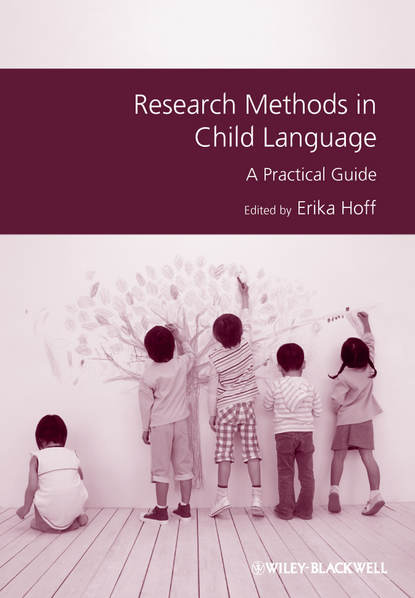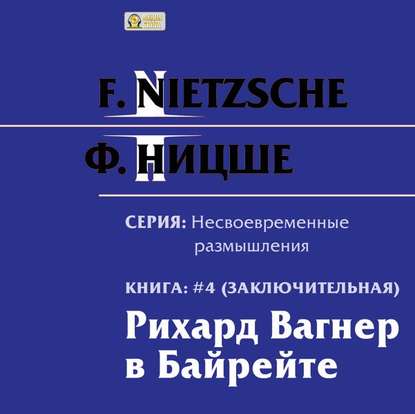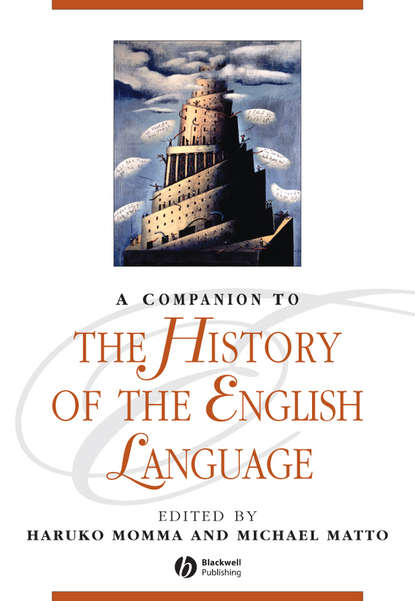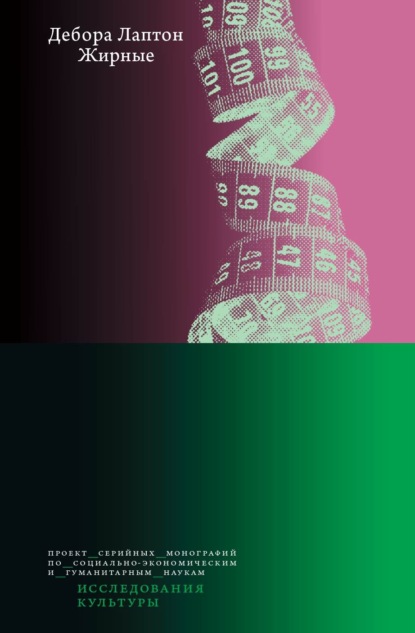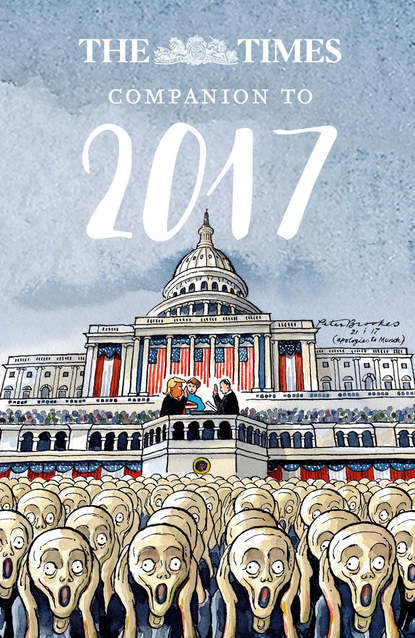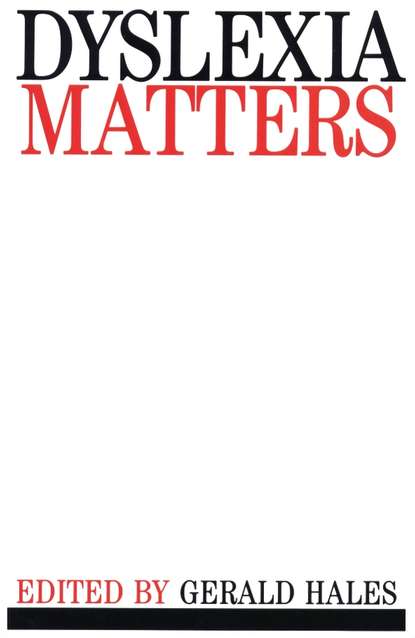"Research Methods in Child Language. A Practical Guide" - это обширное и доступное руководство по методам исследования языка ребенка, написанное опытными учеными в области развития языка. Книга представляет собой всесторонний обзор лабораторных и естественных методов, применяемых в исследовании различных аспектов языка, возрастных групп и населения, и объясняет вопросы, решаемые каждым методом. В книге также представлены новые методы исследования, такие как использование функциональной близкодействующей инфракрасной спектроскопии (fNIRS) для изучения активности мозга. Рассматриваются также более традиционные методы исследования, такие как сбор, транскрибирование и кодирование образцов речи, которые претерпели изменения благодаря новым аппаратным и программным средствам.
This is a comprehensive but approachable guide to the methodologies researchers use when studying child language. Written by experts with research experience working in the field of language acquisition, it surveys up-to-date methods used in both laboratory environments and in natural settings when studying different aspects such as domains, age groups etc., and explains how these methods answer particular questions.
New methods of research, like the utilisation of Functional Near Infrared Spectroscopy to investigate brain activity, are also covered. Meanwhile, other, more conventional methods used by researchers, such as looking into, transcribing and categorising speech samples, have been improved using new technologies and software.
Электронная Книга «Research Methods in Child Language. A Practical Guide» написана автором Erika Hoff в году.
Минимальный возраст читателя: 0
Язык: Английский
ISBN: 9781444344004
Описание книги от Erika Hoff
This is a comprehensive and accessible guide to the methods researchers use to study child language, written by experienced scholars in the study of language development. Presents a comprehensive survey of laboratory and naturalistic techniques used in the study of different domains of language, age ranges, and populations, and explains the questions addressed by each technique Presents new research methods, such as the use of functional Near Infrared Spectroscopy (fNIRS) to study the activity of the brain Expands on more traditional research methods such as collection, transcription, and coding of speech samples that have been transformed by new hardware and software
